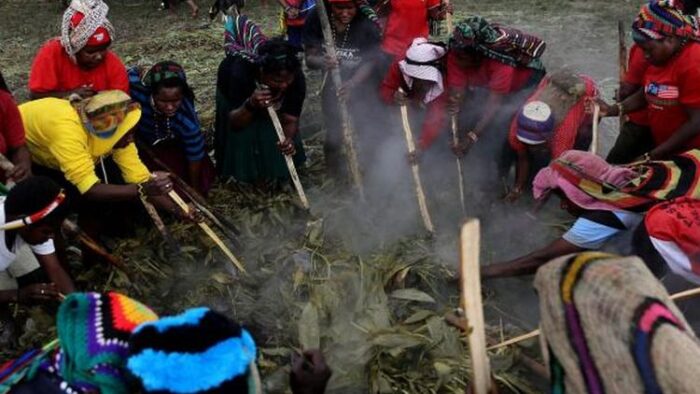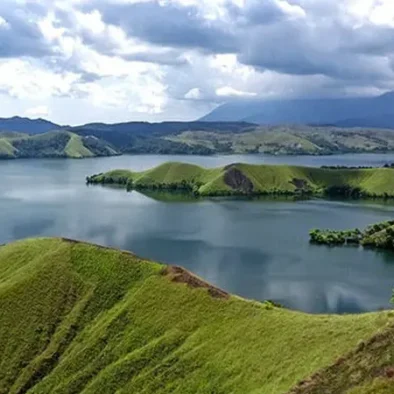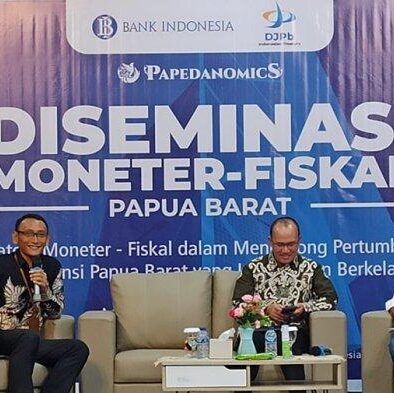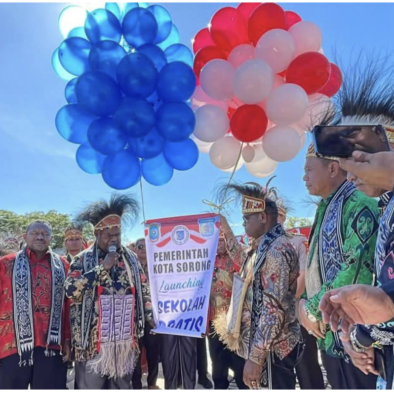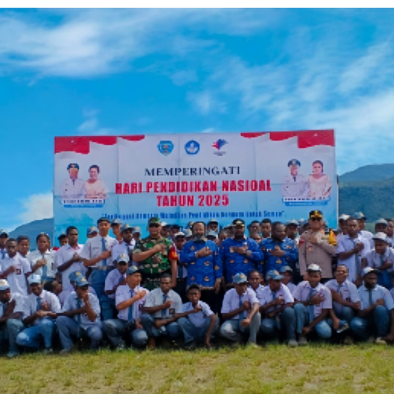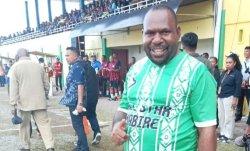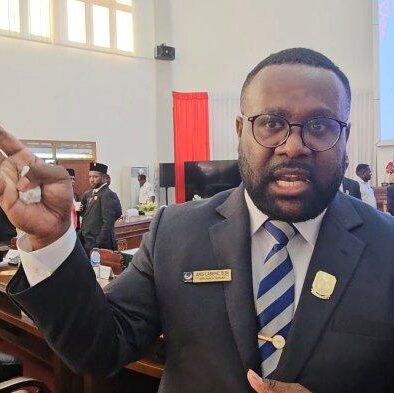Forbis.id – Papua, one of the largest islands in eastern Indonesia, is renowned for its diverse and vibrant traditional ceremonies. Passed down through generations, these cultural rituals are deeply embedded in the Papuan way of life, carrying significant values that enrich the community. Let’s explore some of these fascinating ceremonies.
1. The Bakar Batu Ceremony
The Bakar Batu, or Stone Cooking ceremony, is one of the most iconic traditions in Papua. Serving as a form of thanksgiving to God Almighty, this ceremony celebrates joyous occasions such as births, traditional marriages, the inauguration of tribal chiefs, and even the preparation for war. During the Bakar Batu, the community gathers to cook and share a meal, using stones heated until red hot to prepare the food.
Originally, highland communities celebrated Bakar Batu by roasting pig meat. Today, in a gesture of tolerance, Papuans also roast goat, beef, or chicken. This ceremony is typically performed by inland tribes, including Nabire, Baliem Valley, Paniai, Central Highlands, Pegunungan Bintang, Yahukimo, and Dekai. Over time, it has gained various regional names, such as Kit Oba Isago in Wamena, Barapen in Jayawijaya, and Mogo Gapil in Paniai.
2. The Asmat Tribe Funeral Ceremony
Among the Asmat tribe, the funeral ceremony is a deeply spiritual tradition. Unlike conventional burials, deceased members are floated away on a dugout canoe, accompanied by some sago. The body is placed on a woven bamboo mat before being set adrift on a river towards the sea. This practice stems from the belief that death is caused by the interference of evil spirits, and setting the body afloat helps in the spiritual journey.
3. Ero Era Tu Ura: The Ear-Piercing Ceremony
Ero Era Tu Ura is a traditional ear-piercing ceremony usually performed for children aged three to five years. The children sit on a mat, surrounded by their peers, as their ears are pierced with a special tool. This ritual is believed to protect the ears, which are considered a vital sense organ in Papuan culture.
4. Kiuturu Nandauw: The First Haircut Ceremony
Kiuturu Nandauw, also known as Kakarukrorbun, marks a child’s first haircut at the age of five. This ceremony is still widely practiced, symbolizing a significant milestone in the child’s growth and development.
5. The Wor Ceremony
The Wor ceremony is a protective ritual traditionally performed by the Biak tribe, who inhabit various regions in Papua. This ceremony holds profound religious significance and is integral to the social life of the Biak community.
Wor involves the participation of both the husband’s and wife’s relatives and is considered a family obligation. Its primary purpose is to seek protection for their children from the ruler of the universe. The Biak believe that the Wor ceremony safeguards individuals through various life stages, from pregnancy and birth to old age and death.
Embracing Papua’s Cultural Heritage
Papua’s traditional ceremonies are more than just rituals; they are a testament to the island’s rich cultural heritage and community spirit. Each ceremony, whether it’s the communal Bakar Batu or the protective Wor, reflects the deep-rooted values and beliefs that have been preserved through generations. Exploring these traditions offers a unique insight into the vibrant culture of Papua and the enduring legacy of its people.

